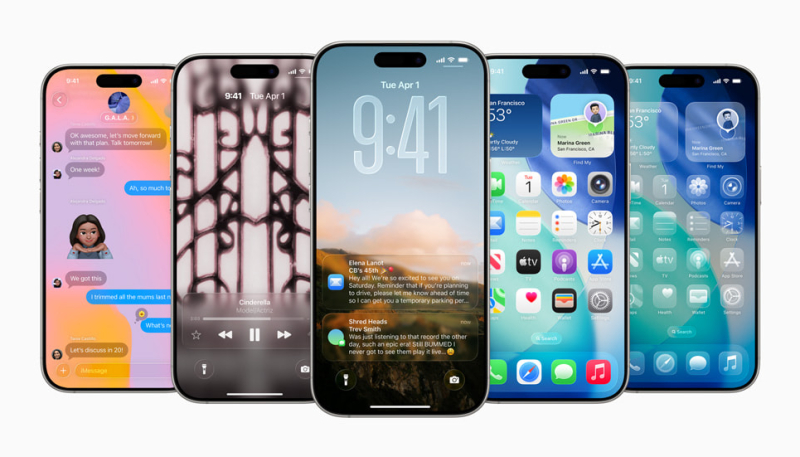Apple has released the second developer betas of iOS 26.2 and iPadOS 26.2, arriving a week after the first builds and continuing the company’s incremental approach to feature updates late in the cycle. Developers enrolled in Apple’s program can access the new software through the Software Update section in Settings, where the beta builds are now available.
The updates introduce a handful of practical refinements rather than sweeping changes. One of the more visible additions is a Liquid Glass slider on the Lock Screen, giving users control over the transparency of the clock. It’s a small adjustment, but it reflects Apple’s ongoing effort to loosen some of its historically rigid design choices without dramatically altering the overall interface. The beta also expands AirPods Live Translation to users in the European Union, a rollout aligned with Apple’s broader pattern of region-based feature gating tied to regulatory environments.
Reminders gains due-time alarms, addressing a long-standing gap in the app’s functionality and bringing it closer to what many third-party task managers have offered for years. Updates to Podcasts and Apple News continue Apple’s routine tuning of its core content apps, though the beta notes do not indicate any major redesigns.
For users in Japan, iOS 26.2 introduces the ability to install third-party app store alternatives, along with the option to set a preferred search engine immediately after installation. These changes mirror regulatory pressures already reshaping Apple’s software rules in the EU and suggest a gradual shift toward regional customization in response to local requirements.
Although the current builds are limited to developers, a public beta is expected shortly, following Apple’s usual release cadence. As with any pre-release software, Apple and independent observers advise against installing the beta on primary devices, noting that features may still be unstable and performance issues are common at this stage. For those testing on secondary hardware, the update offers an early look at modest but meaningful adjustments that continue Apple’s slow pivot toward more flexible user controls and region-specific compliance.







